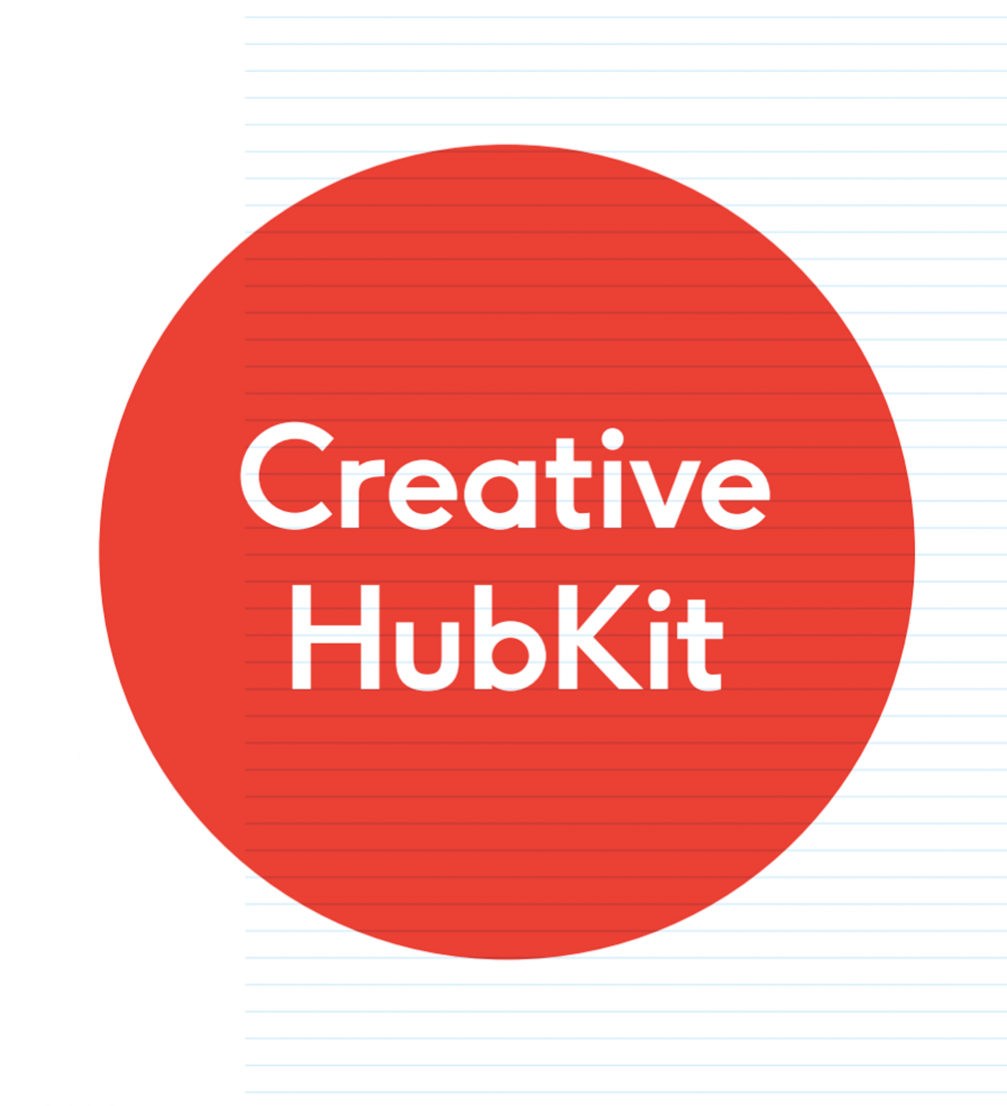
Commissioned by the British Council with the support of UK’s non–profit organisation Creative England, a free toolkit for people looking to set up a hub, The Creative HubKit, has been compiled. It includes best practice examples, helpful experiences and tried and tested approaches from some of the most successful hubs in the UK and Europe.
According to the initiators of The Creative HubKit, it is designed to support emerging creative hubs, reminding them to think about their business model, approach to the companies they work with, and the way they engage in local, regional, national and international relationships. The toolkit, authored by the directors of Creative Edinburgh and Creative Dundee, combines both practical advices as well as experiences from some of the most successful hubs in the UK and Europe.
Over the last years the number and profile of hubs has grown due to changes in technology, economy and audiences. Hubs are beginning to be recognised for their economic and social value but there is still much to be done to fully understand and support their potential, perhaps because they work differently to the major enterprises of the 20th century.
As the activities of the British Council in the context of the creative industries have gone international, including organising the European Creative Hubs Forum in Lisbon this January, the insights, tools and resources of The Creative HubKit most likely can also be implemented in Latvia and elsewhere.
Definition
To avoid any misunderstandings, the toolkit begins with a definition of the hub, that is, «a creative hub is a place, either physical or virtual, which brings creative people together. It is a convenor, providing space and support for networking, business development and community engagement within the creative, cultural and tech sectors». Creative hubs come in all different shapes and sizes: collectives, co–operatives, labs, incubators and can be static, mobile or online. The emphasis has been put on strong leadership throughout the whole toolkit as a reminder that hubs are much more than a physical building.
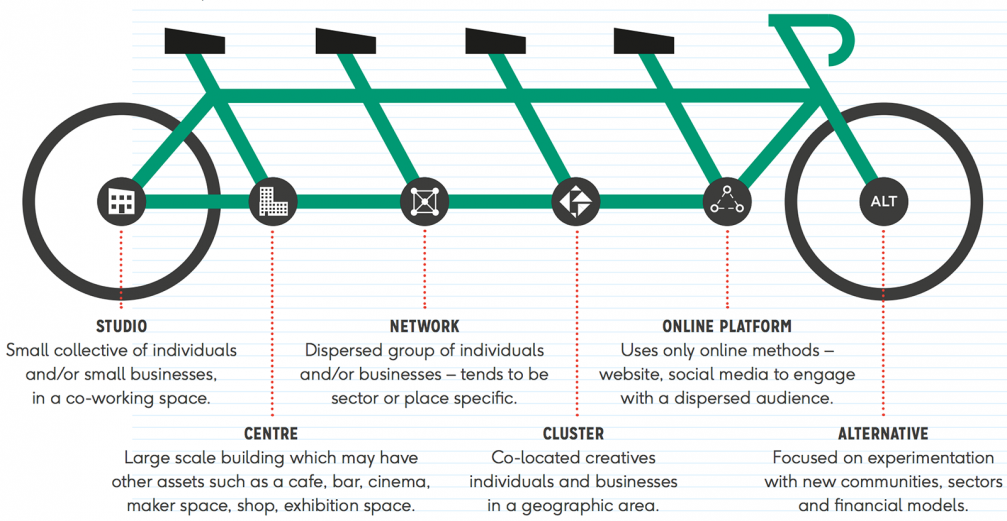
Vision
In the beginning, it is necessary to crate a solid foundation and structure for how the creative hub will operate. In order to articulate the challenges and opportunities to others and encourage their support, it is important for the leader to clarify a strong vision; check if there is sufficient demand for the hub and understand the hub’s unique potential attributes. The focus should be on the needs and challenges identified by the community the hub is going to support and gain their backing. The toolkit recommends to develop a short and long term vision and mission for the hub that can be used to inspire people.
Connecting the network
Understanding, trust and support are the benefits that come from developing lasting community connections. To shape and strengthen an emerging hub, so that it is nurtured and owned by the network, it is essential to build trust and connections with different types of influencers and supporters. These relationships are key to all stages of the hub’s development; they will keep the leader on track, inspire new ideas and create opportunities for the network.
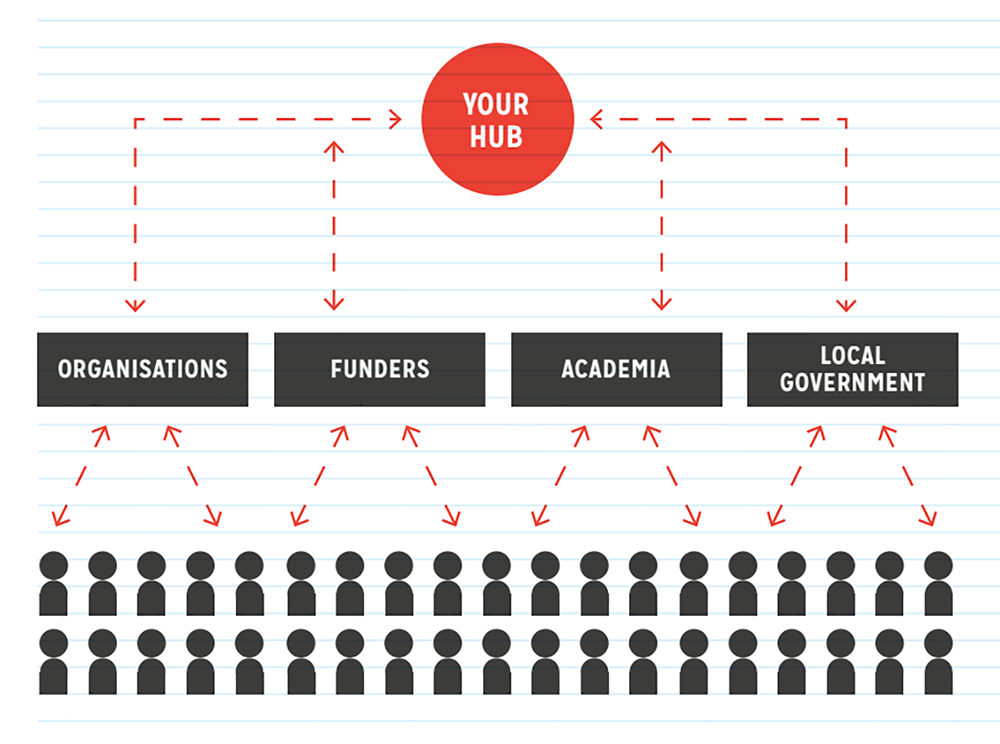
Creating opportunities
At this stage, the aim is to develop the services the hub will provide for the community, based on the capacity and resources available. Designing the activities, services, products and experiences that the hub will offer, will further help to clarify and articulate exactly what the hub does. Activities should be clearly aligned to the vision — therefore every opportunity should be designed in close collaboration with the network in order to fulfil the needs of your community.
Thinking of sustainability
Focus on the future sustainability of the hub should be there from the outset. One of the most challenging things to do when setting up a hub is to work out the costs involved; this can be quite complex when establishing a new type of hub model. To ensure the hub is sustainable in the long term, it is crucial to consider these factors as early as possible. One of the tips on dealing with money issues is to experiment with modelling the hub’s finance in different ways using online cash flow spreadsheet templates.
Communicate the value
The key to build a supportive community and communicate the value of the hub is to grow a genuine network that cares about the hub. It is essential to develop your hub’s vision, values and voice through authentic, consistent and open communication, across multiple channels. It is important to experiment with new tools and communication methods as well as inform about hub’s broader impacts to develop strategic relationships and influence policy.
Review and improve
Capturing information about how the hub is doing and sharing it is crucial to show the community, stakeholders and potential funders what it has achieved. It is worth to think beyond statistical data — rich stories bring colour to the achievements and can be even more powerful than numbers alone. The aim is to collect and share both quantitative and qualitative data with the community and to be ready to provide this whenever needed by funders or partners.
Reaching further
When the hub is successfully developed, is capable of meeting the needs of its community and has sufficient demand for new space and/or services, then chances are the leaders will be considering growth. At this stage it is crucial to find the best model of sustainable growth for the hub. Investment can play a huge role in scaling the hub and the community it supports. And again, effective leadership skills are critical to long-term activities and succession planning.
Download your free copy of The Creative HubKit here.

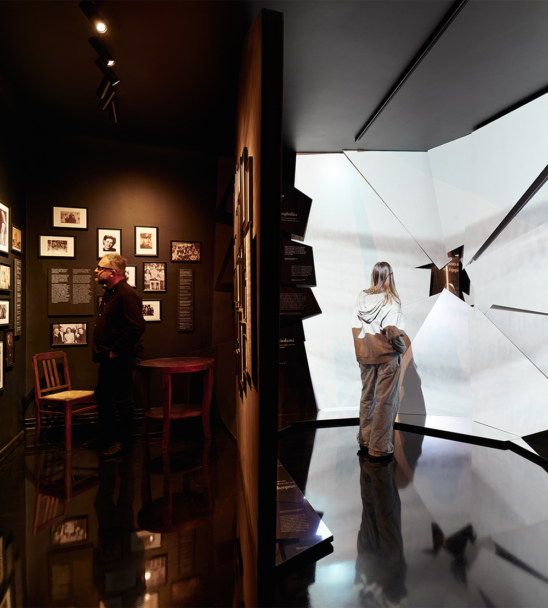
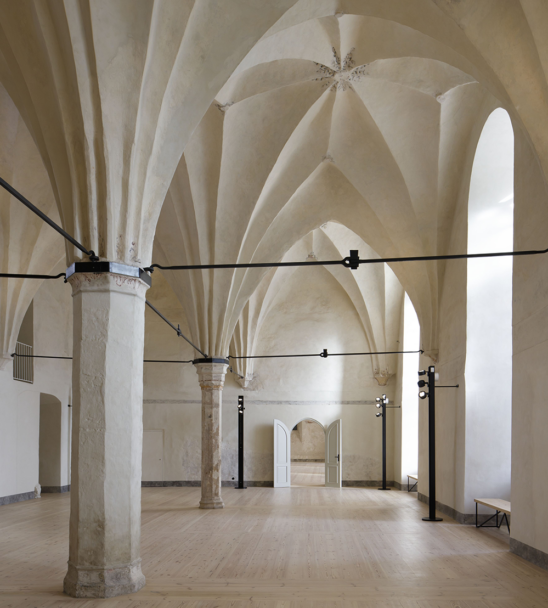


Viedokļi